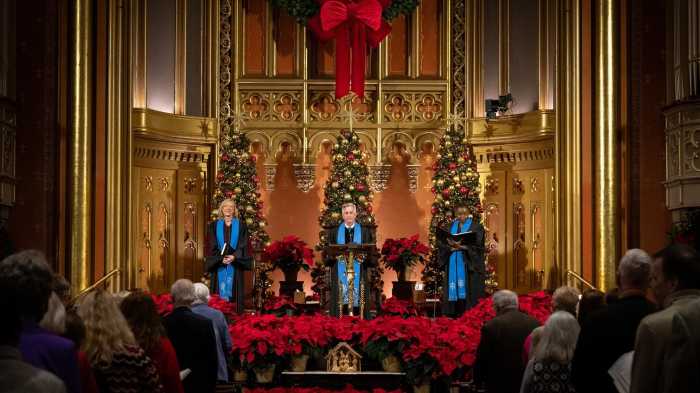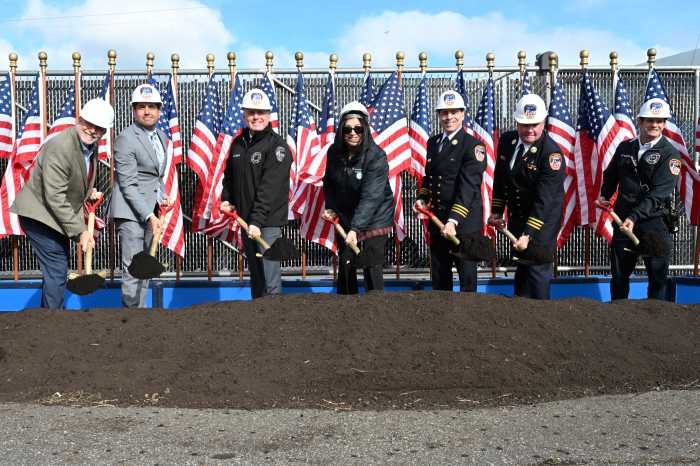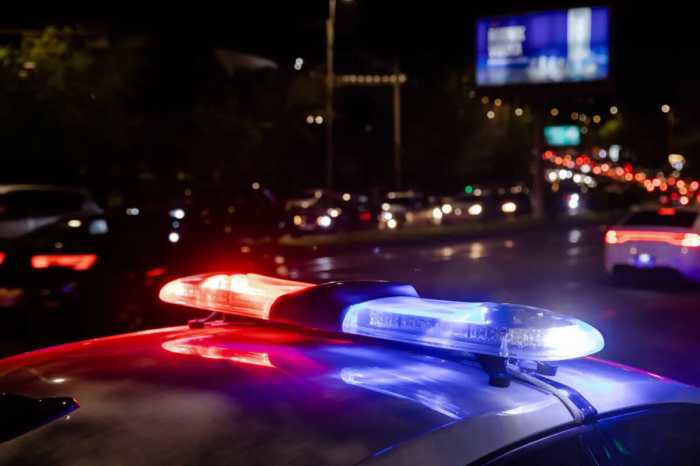More cameras are coming to NYC bus routes to catch double parkers and other drivers who improperly use the bus lanes, the MTA announced on Monday.
Manhattan’s M2 and M4 buses will be equipped with Automated Camera Enforcement (ACE) technology, bringing the total number of enforced routes in NYC to 36.
The 60-day warning period on the M2 and M4 bus routes will begin on April 28. Vehicles improperly using busways and bus lanes, blocking bus stops, or illegally double-parked will receive warning notices in the mail for an initial 60 days, followed by summonses thereafter.
Summonses start at $50 and escalate to $250 for repeat violators.
According to the MTA, over 1,000 buses are now ACE-equipped, covering 475 miles of routes. Frank Annicaro, senior vice president of buses at the MTA, explained that enforcement is necessary to keep the lanes clear and the buses moving.
“Despite their critical role, NYC buses are the slowest in the country, averaging just 8 miles per hour, with many routes moving even slower,” he said.

During an MTA committee meeting on Monday, Annicaro played a video showing vehicles blocking bus lanes and stops — violations that make bus rides longer.
Sunir Nair, chief officer of zero-emissions fleet transformation, said that camera enforcement builds upon the benefits of the city’s bus lanes and busways.
“We see an average of 5% speed improvements across the system on top of the gains that we see on bus lanes and bus ways,” he said. “We are seeing a 20% reduction in collisions—that’s the average reduction in collisions across these routes.”
Recidivism is also down because of camera enforcement, Nair added.
“The number of people who commit two or more of these violations is just 9%, which means that 91% of the people receiving one or two tickets are actually not committing that violation again,” he explained. “Which means, the message is going out, and people are learning, and it makes our lanes faster and safer.”
The ACE program, administered through NYC’s Department of Transportation and Department of Finance, launched in 2024, after state legislation was authorized in 2019 to allow camera enforcement on dedicated bus lanes. It expanded in 2023 to include double parking and illegally parked vehicles at bus stops.
The MTA said corridors with active ACE camera enforcement have signage indicating that those routes are camera-enforced.








































